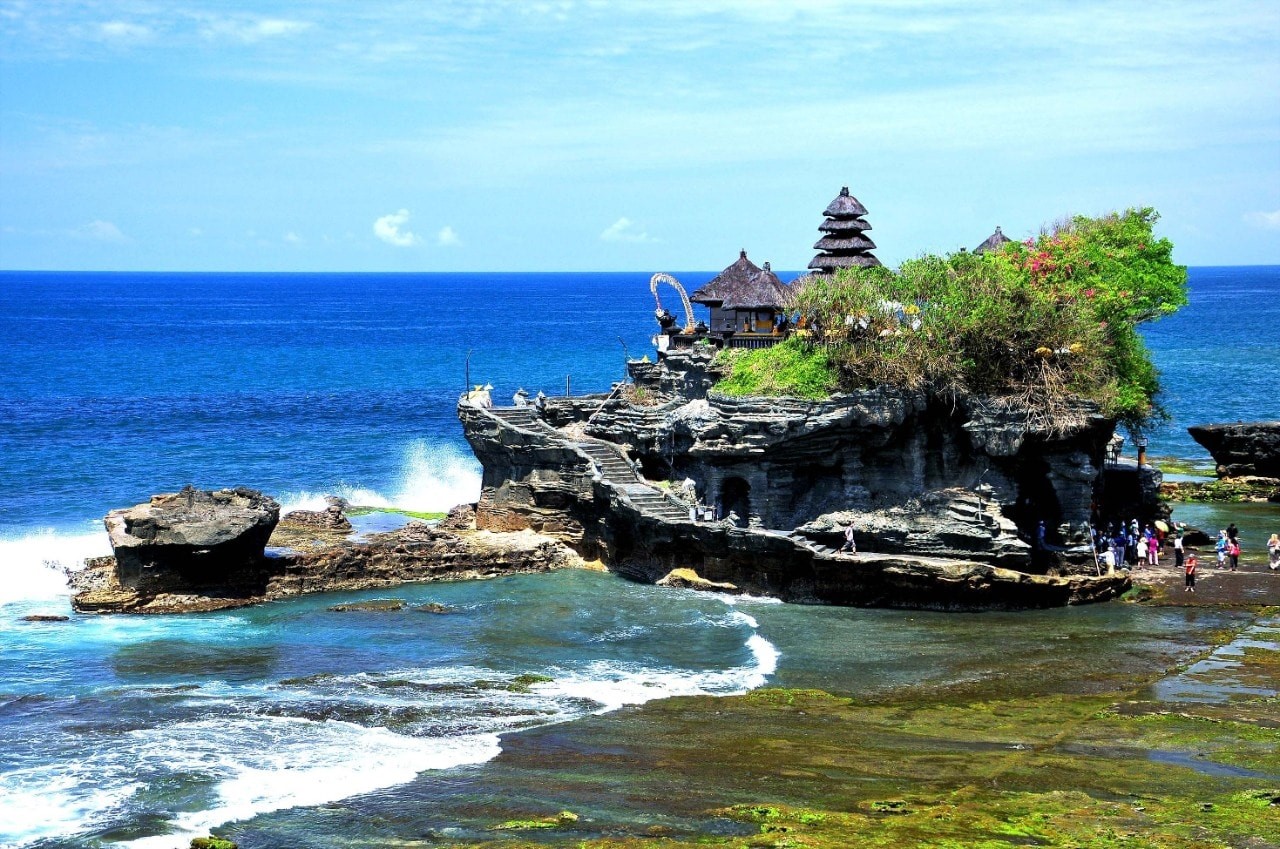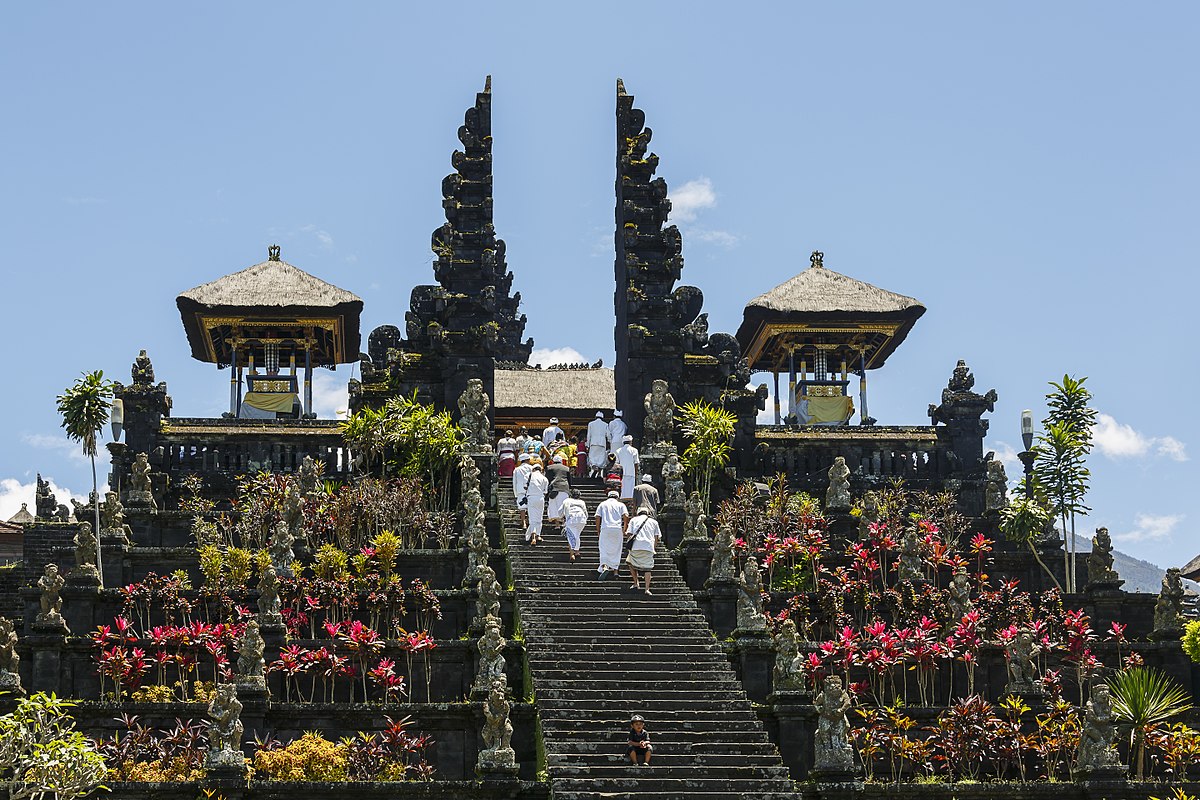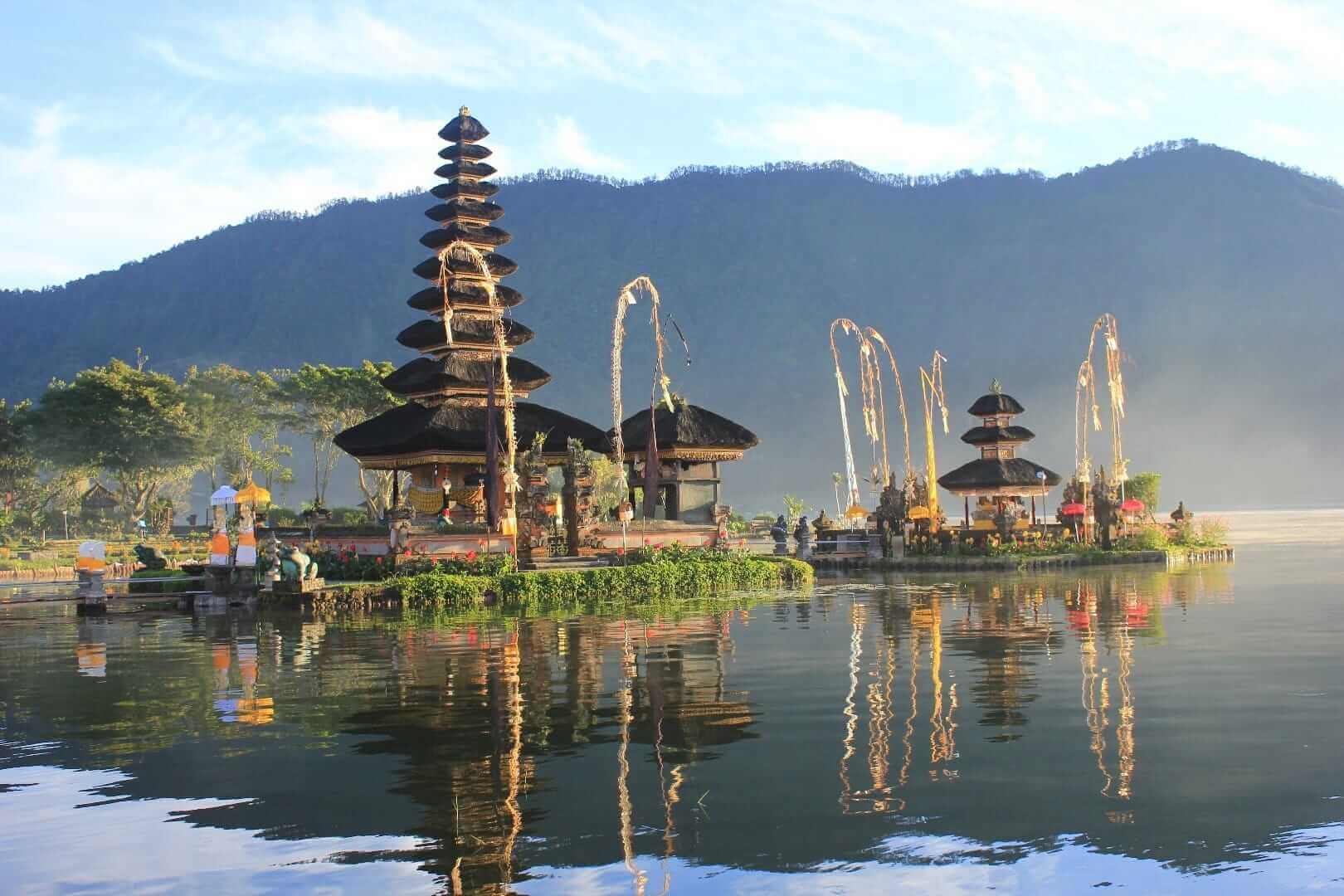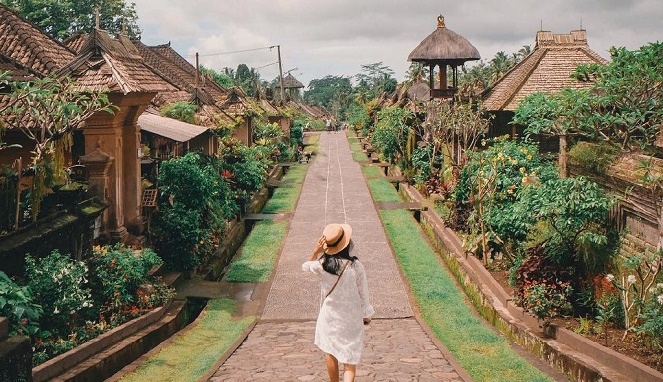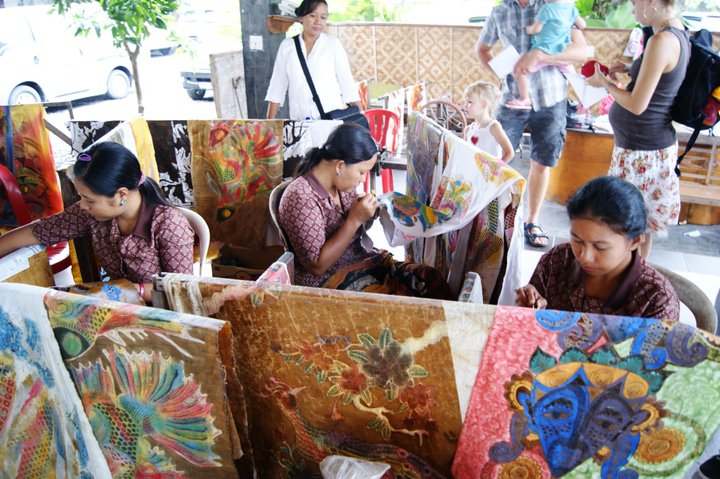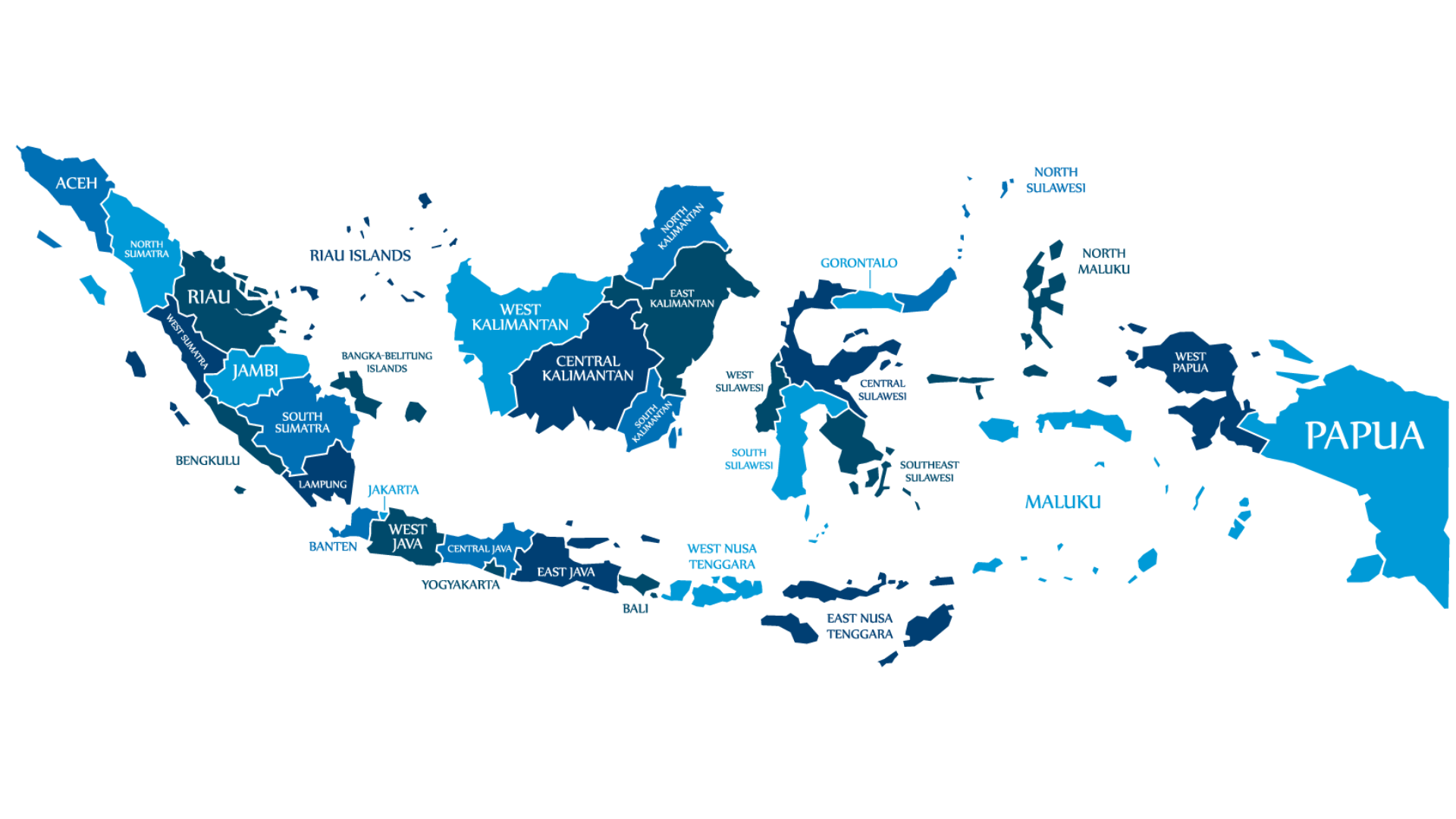Home / Batik Regions – Central Indonesia – Bali
Facts of the region
Discover Batik in Bali
The Tohpati Batik Workshop (photo: Bali88)
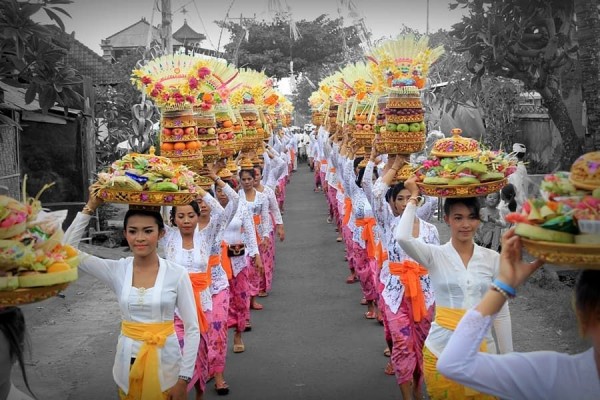
The Balinese textile heritage in the ceremony (photo: Taksu_bali)
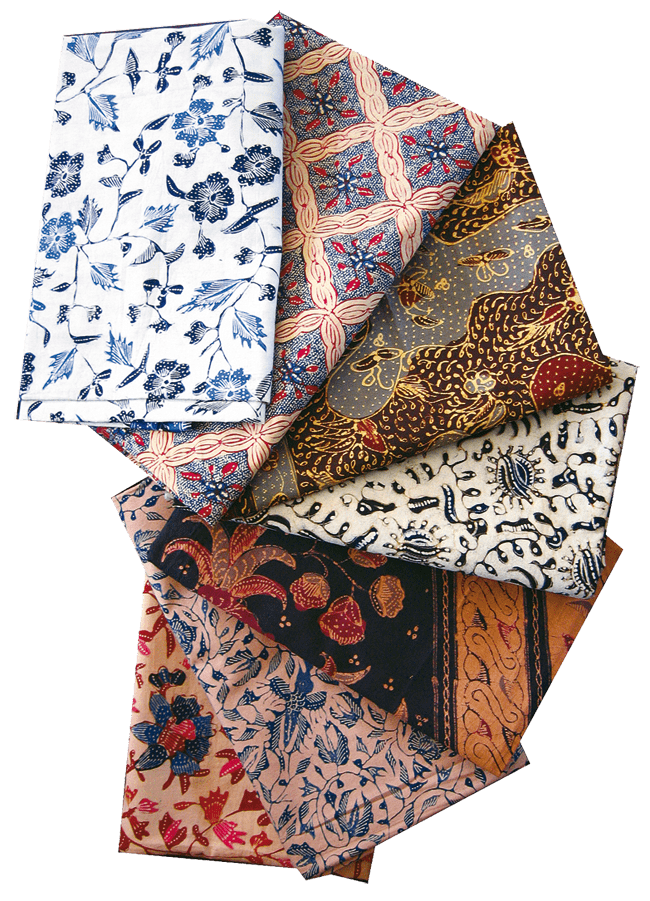
The variety of Batik in Bali Gallery (photo: Lucy Batik )
The Sense and Spirituality
Batik motifs and ornaments in Bali are mostly related to the island’s fauna, whether real animals such as deer, storks, and turtles; or mythological creatures such as dragons, barong, kala, and winged lions. Many Balinese batik motifs are also inspired by local designs, such as Frangipani flowers and hibiscus flowers. Like their other artwork, Balinese paintings depict daily activities such as dancing, cremation processions, rice planting, or religious rituals. Bali is not called the “Island of the Gods” for nothing. They put spirituality first in everything they do – whether cooking, painting, carving, weaving, dancing, planting rice, or what have you. They meditate while they work and consider everything they do to be a prayer.
Types of Balinese Batik
The Balinese Batik industry began in 1970. It was first by initiated by Pande Ketut Krisna from Banjar Tegeha, Batubulan Village, Sukawati Gianyar. Other than the wax-resist dyeing technique, Bali is also famous for its traditional hand loom production technique. Traditional textiles play important roles in Balinese society. As such, textiles are usually created for special events, traditional ceremonies, and religious rituals. Depending on the motifs, Balinese Batik can indicate the social status and class of the wearer.
Socio-cultural aspects of Balinese Batik
High-quality batik is usually characterized by its intricate patterns and finely woven textures such as silk and cotton. Certain Balinese batik textiles are produced by batik artisans through the meditation process. The Batik making meditation has been one of the ancient traditions maintained by Batik practitioners especially those in the royal court of Bali, Central Java and Madura Island.
Nowadays, Balinese batik features not only Balinese-style patterns but also incorporate designs from other regions. They are characteristic of batik in coastal areas, i.e. the artists express themselves freely in various perspectives and are not confined to certain drawing rules. Contemporary Balinese batik is not limited to traditional culture or for ritual purposes. Some batik designers promote Balinese batik designs as elegant fabrics that can be worn in casual or formal attire.
Batik Motifs in Bali
Batik Villages in Bali
local batik workshop
Batik villages are the region where the Batik producers mostly reside. You could buy the Batik textiles from the artisans and participate in the making process of Batik on the site.
BAli
Visual Journey
in 1 Minute
Batik production in bali
The Island of God
BAlI
The Ulun Danu Beratan Lake (photo: Ulun Danu)
About Bali Province
Bali is one of the famous Indonesian tourist destinations in Indonesia. This island islocated between Java island and Lombok island of West Nusa Tenggara Province. The total area of Bali Province is 5,636.66 km2 or 0.29 percent of the Indonesian archipelago. Known as the Island of Paradise, Bali Province is divided into eight districts and one city including Jembrana, Tabanan, Badung, Gianyar, Klungkung, Bangli, Buleleng, Karangasem, and Denpasar City as the capital of the province.
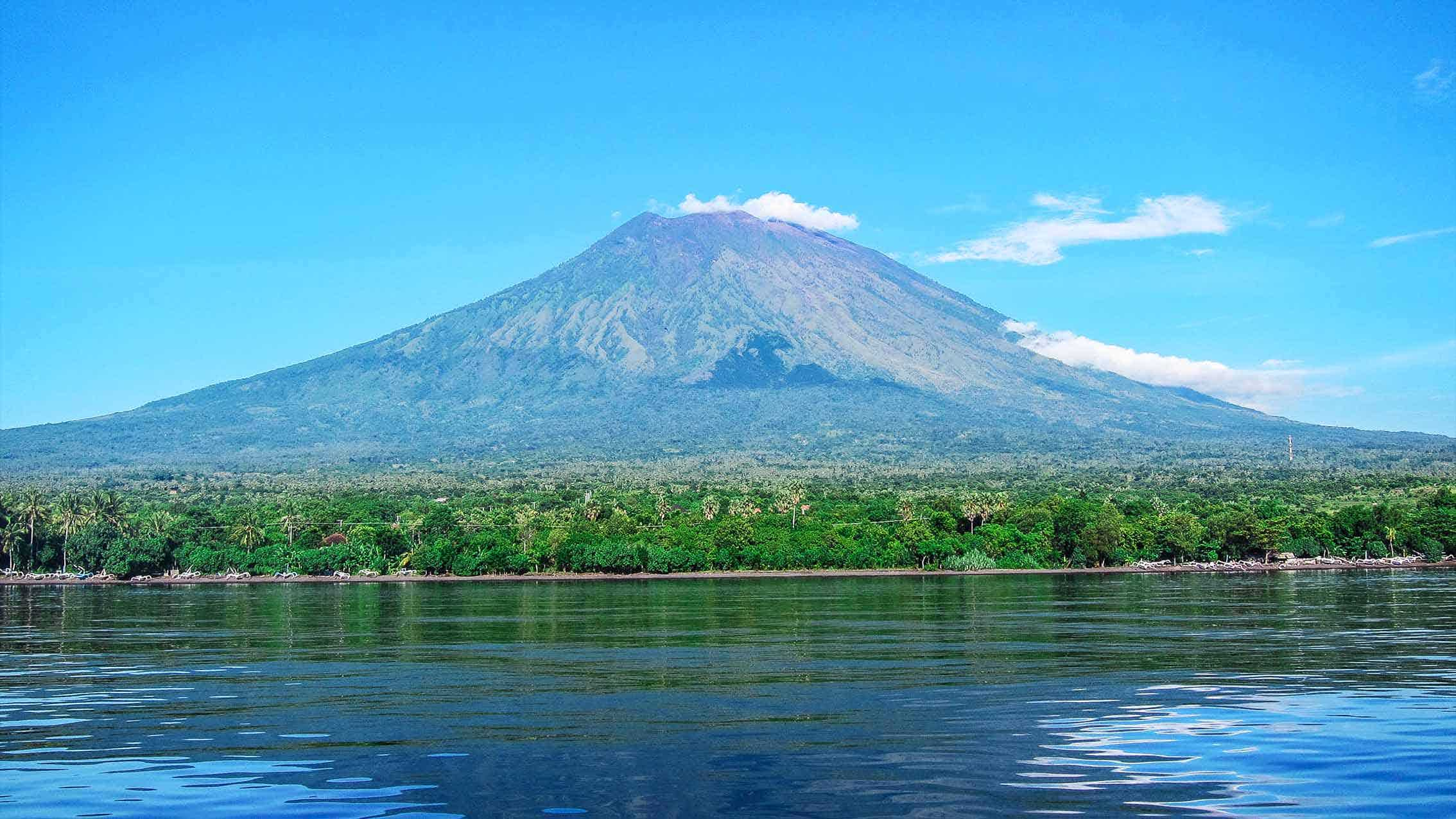
Natural Characteristic of Bali
Balinese topology consists of coastal areas and the mountains, which extends from the west to the east. The most famous mountain in the volcanic cluster is Mount Agung, located in the central part of the Island. This mountain is the highest point in Bali that rises 3142 meters above sea level. Mount Batur (1,717 meters) located in Bangli is another famous volcano. It last erupted around 30,000 years ago. (Photo: Mount Agung, @jktgo)
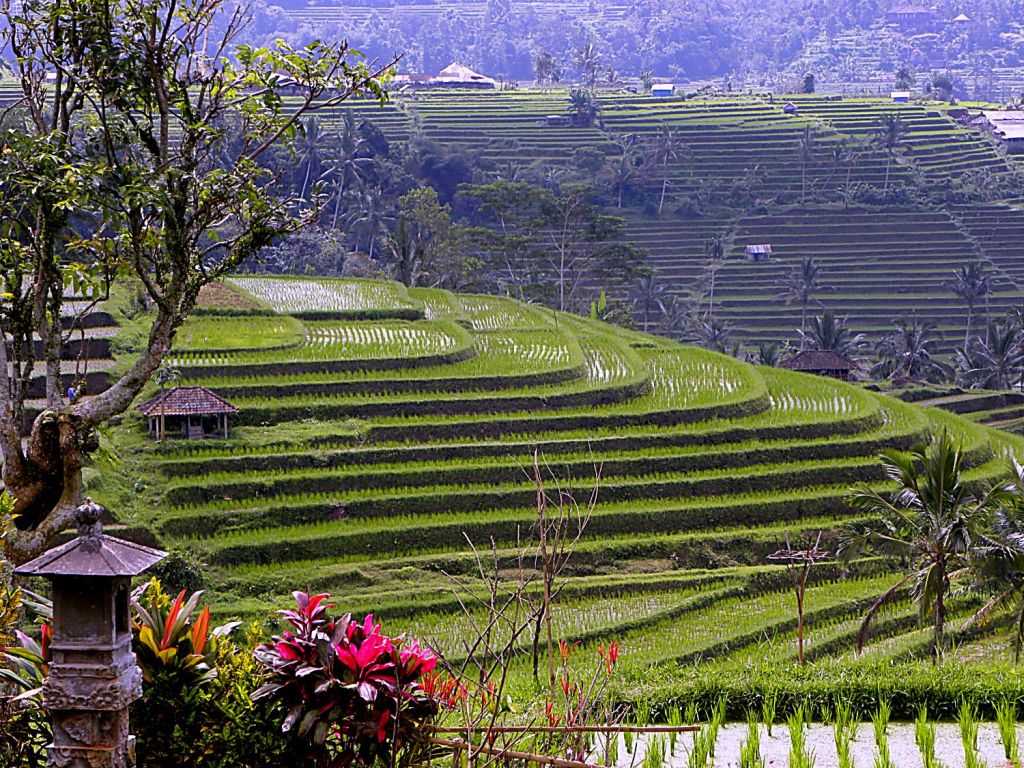
Subak Bali World Heritage Sites
The most well-known cultural landscape of Bali Province is the Subak Irrigation System that dates back to the 9th Century. The Subak consists of five rice terraces and beautiful water temples that cover 19500 ha. It is known as a Manifestation of the Tri Hita Karana Philosophy, as the philosophy of the Hindu community who live on the island. The cultural landscape of Subak in Bali was inscribed as UNESCO World Heritage Sites in 2012. (Photo: Subak Bali, @panbelog)
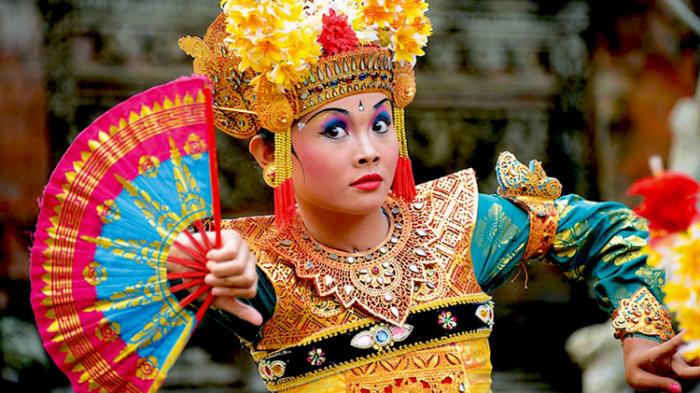
Balinese Culture
Bali has splendid cultural resources that are still well preserved to this date. One of its famous performance art is the three genres of Balinese dance, which is recognized by UNESCO as Intangible Cultural Heritage of Humanity in 2012. These traditional dances are the reflection of Balinese local wisdom. They depict the ideals of kindness and heroism, and the war against evil spirit in one’s soul has a splendid cultural resources that are still well preserved to this date. (Photo: Bali dance, @infobudaya).
Tourist Attractions in Bali
